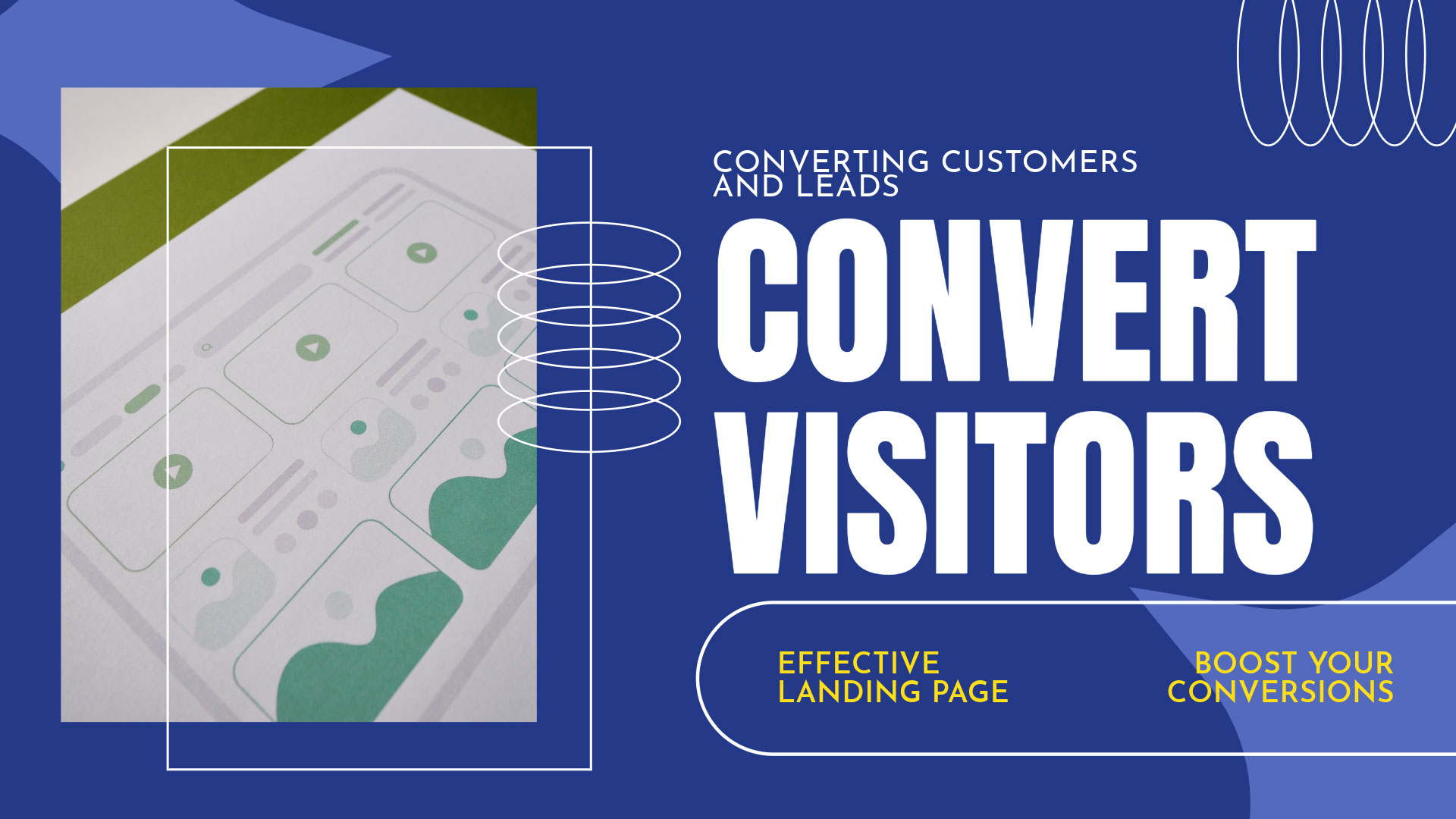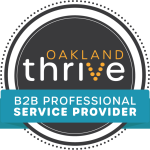Establishing a Content Marketing Funnel
You might have an established marketing strategy that has been somewhat successful in the past, and that has you thinking you should stand pat with it, and continue to reap the benefits. In truth, however, the most successful marketing strategies are those that are constantly evolving, to keep pace with changing customer preferences and demand. A content marketing funnel is an invaluable sales device that will allow your business to provide value to customers and slowly guide them to a conversion.
You might have a clear idea of who your target audience is, and you’ve developed great content to appeal to them, and you may even be pretty consistent with all references to your brand. Your marketing team may even have mapped out a sales funnel to understand the thinking of your potential customers at each stage of the sales cycle. Now you need to bring it all together with a content marketing funnel, using content that guides potential customers toward the conversion process, and making a sale. In this article, we’ll discuss exactly what a content marketing funnel is and how you should go about implementing one.
What is a content marketing funnel?
A content marketing funnel is something that allows marketers to understand the best approach for leveraging existing content which is capable of attracting new customers, and directing them along their journey until the end goal is reached. This end action might be a sale, some kind of download, or even another kind of conversion. There is a different purpose for each phase of the funnel, for example, gaining the user’s attention, producing high-quality leads, or closing a conversion.
By establishing a content marketing funnel, any business will have much greater visibility into those stages where content might be lacking along the customer’s journey. It happens fairly often that a brand might establish a great deal of content that is directed at buyers in the awareness stage, but there could be an inadequate amount of content provided at the decision stage. In situations like this, the content marketing funnel will identify this disparity and will show you that some kind of additional effort will be needed to create content at the bottom stage of the funnel.
Mapping the content funnel
The first step in mapping your content funnel is to evaluate the inventory of your current content, which means all types of content you’ve currently produced. This content could be in the form of blogs, content like whitepapers or e-books, or other forms of content. After reviewing each piece separately, it should be assigned to whichever stage in the marketing funnel the content most appropriately aligns with. Here are the three main stages of the content marketing funnel and what should occur at each one:
- Top of the funnel – this would be considered the awareness stage, and at this point, potential customers are involved with seeking information that will satisfy their needs or wants.
- Middle of the funnel – this is known as the consideration stage or interest stage, and at this point, potential customers may be considering your products or services and doing some background research, such as reading through customer reviews. It’s possible that the information gathered at this stage would then be presented to important stakeholders for an executive decision.
- Bottom of the funnel – this is considered the evaluation and conversion phase of the marketing funnel. At this time, potential customers are prepared to go ahead and either make a purchase or abandon your product and continue searching among other vendors.
From this assessment of the three different stages of the content marketing funnel, it should be apparent that different types of content will be needed at each of the different phases, to appeal to the specific point in time that the customer is at. If you were to have a cookie-cutter approach to developing your content and didn’t develop it specifically for each of the three phases, you could lose potential customers because you’re out of sync with their specific phase of progress.
Types of content for each phase
Here are the various types of content that should be developed for each of the three phases of the content marketing funnel:
- Top funnel content – since this is the information-gathering phase, content should be geared toward that type of activity. During this phase, consumers are familiarized with your business and learn what products and services you offer. Content should strive to develop a positive customer experience, so potential customers will be inclined to continue along the same path with you. At this point, questions should be answered and demonstrated to users how your products and services will solve their needs and problems. Some examples of appropriate content would be infographics, landing pages, and how-to guides here’s an example of a Local SEO Guide.
- Middle funnel content – by this point, potential customers have progressed beyond the information-gathering phase, and they will be more interested in product reviews, or possibly anecdotes provided by other customers. Some appropriate content for this phase of the content marketing funnel would be product reviews, how-to guides, webinars, landing pages, and success stories. Checkout this example of some middle of funnel content on improving your exposure on Waze.
- Bottom-funnel content – at this phase of the content marketing funnel, consumers will be best served by content that helps them make some kind of decision on a purchase. Appropriate content at this phase will provide information on the customer’s return on investment or examples of why your company is the best option for them. This is the most crucial phase of the funnel, and it will be necessary for you to provide content that urges potential customers to complete the purchase. The most successful types of content used at the bottom of the marketing funnel would be product reviews, customer reviews, and success stories. All these should help potential customers reach a positive purchasing decision, and become new customers for your company. This example of our product based website maintenance service explains why someone could benefit from a WordPress maintenance plan.






